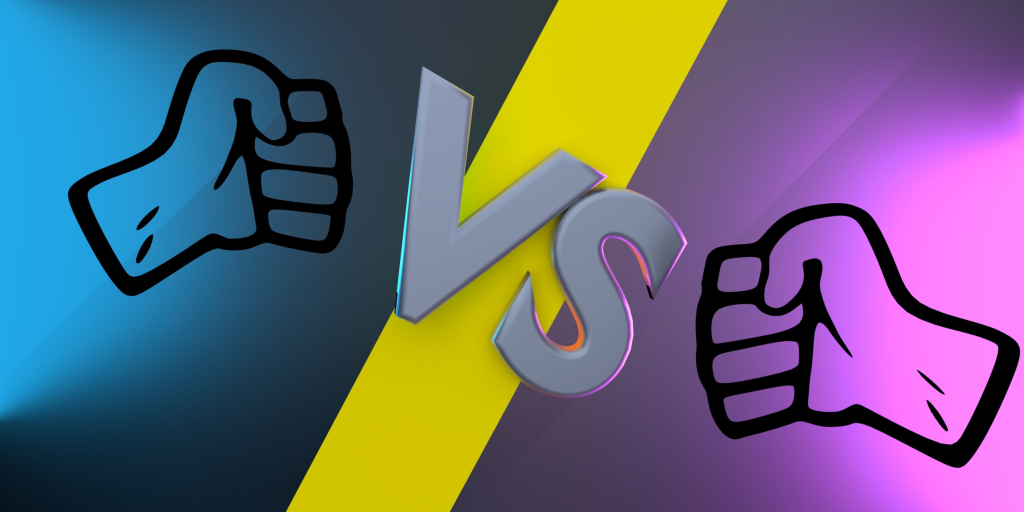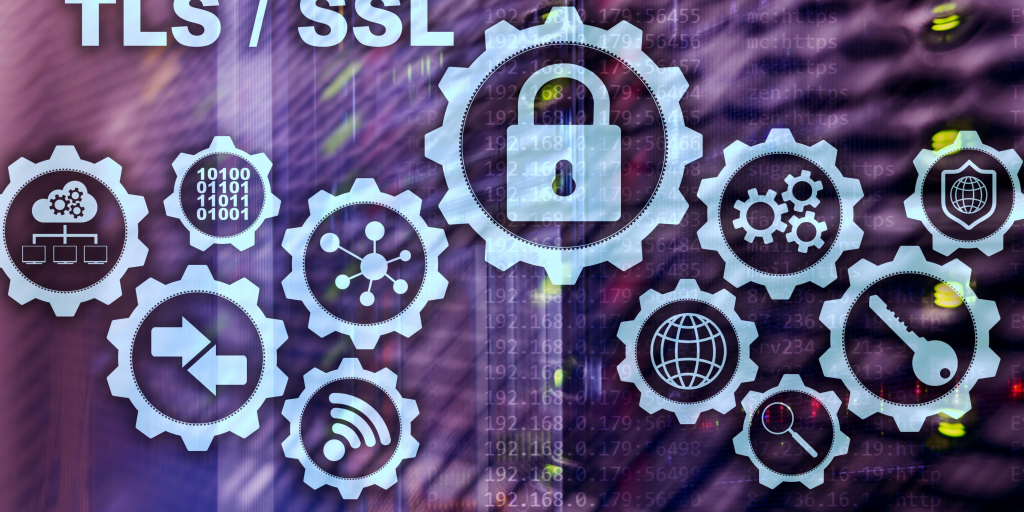Web3 and blockchain technology combine innovation and unlimited web development options! Websites no longer have static content and restricted interactions. Web3 and blockchain have changed website development and interaction. This revolutionary technology will change web development.
Understanding Web3 and Blockchain Technology
Comprehensive web3 and blockchain technology fundamentals is essential to comprehend their impact on web development.
What exactly is Web3? The next version of the internet is a decentralized network where people have more control over their data and interactions. Web3 uses blockchain technology to ensure transparency and security, unlike Web2, which uses centralized authentication and storage.
Let’s explore blockchain. Consider an immutable digital ledger with visible, tamper-proof transactions. Blockchain is a distributed database that saves data across nodes and computers while maintaining consensus.
This technology is decentralized. Blockchain uses cryptographic protocols for peer-to-peer validation. This eliminates intermediaries and builds confidence.
Additionally, blockchains use smart contracts and self-executing agreements with predefined rules. These contracts automate payments and asset transfers without intermediaries.
Developers can use Web3 and blockchain technology to create decentralized applications (dApps) that protect privacy, increase user data ownership, and prevent fraud and censorship while promoting inclusivity and scaled innovation.
Understanding these core concepts creates the groundwork for exploring how Web3 and blockchain merge smoothly into web development. So buckle up as we explore this amazing world!
Integration of Web3 and Blockchain in Web Development
The integration of Web3 and blockchain technologies in web development has expanded possibilities. Users want more control and ownership of data via Web3, the decentralized web. Blockchain transactions are secure and transparent due to their distributed ledger structure.
Combining these two technologies can transform website and app development. The capacity to construct blockchain-based dApps is crucial. These apps are more resistant to censorship and hacking because they lack intermediaries and centralized servers.
Web3 integration also enables peer-to-peer conversations without third-party platforms. Users can transact or communicate directly without an intermediary.
Additionally, smart contracts help integrate Web3 and blockchain into web development. Blockchain-based smart contracts automatically execute when specific circumstances are satisfied. Without intermediaries, they ensure transparency and confidence.
Blockchain technology in web development provides tamper-proof records of all transactions in an application or website, improving security.
Web development using Web3 with blockchain technology improves security by decentralizing user interactions and allowing peer-to-peer connections.

Advantages of using Web3 and Blockchain in Web Development
Since its beginning, web development has evolved. Web3 and blockchain have advanced it further. Using these technologies in web development has several benefits.
Security is a big benefit. Blockchain technology provides a decentralized, immutable record where data cannot be changed without detection. This means Web3 and blockchain websites can be trusted for transactions and interactions.
Increased transparency is another benefit. Blockchain transparency makes transactions easier to track and verify in real-time. Transparency builds trust and streamlines auditing.
Web3 and blockchain improve personal data control. Companies commonly keep user data centrally in traditional web architecture, making it subject to breaches or exploitation. In contrast, blockchain decentralized storage lets users own and safely share their data.
Smart contracts in blockchain-powered web development enhance automation. Self-executing smart contracts have established rules embedded into the blockchain network. They cut middlemen and simplify contracts, decreasing expenses and disputes.
Web3-enabled applications developed on Ethereum and Polkadot blockchains boost scalability. These platforms have a robust infrastructure that lets developers construct scalable apps that can handle high traffic without compromising performance.
Challenges and Limitations of Web3 and Blockchain in Web Development
Integration of Web3 and blockchain technology in web development has many benefits, but developers must be mindful of its drawbacks. Scalability is difficult. As transactions increase, the blockchain slows and becomes less efficient. This can slow real-time web apps.
Interoperability is another issue. Different blockchains may have different protocols and standards, making communication problematic. Developers struggle to construct cross-chain apps, limiting adoption.
Web development employing blockchain technology raises security concerns. Decentralization and cryptography make blockchains secure, but they can still be attacked. Coding faults or loopholes have exploited smart contracts.
Integration of existing systems with decentralized technology is another challenge for developers. Many firms’ infrastructure may require significant redesign or investment to interface with blockchain technology.
Developers negotiating legal frameworks across jurisdictions are further complicated by regulatory concerns surrounding cryptocurrency and decentralized platforms.
Despite these obstacles, industry professionals are always developing new solutions to overcome them. Scalability solutions like sharing and side chains, improved interoperability protocols like Polkadot and Cosmos network, and enhanced security measures like formal verification tools are being researched, so we can expect progress.
Real-Life Examples of Web3 and Blockchain Implementation in Web Development
Web3 and blockchain technologies are already affecting web development and other businesses. See how these technologies are used in real life.
Brave browser revolutionizes digital advertising with a Basic Attention Token (BAT). Brave lets users earn BAT tokens for viewing privacy-respecting adverts using blockchain technology. This new strategy empowers consumers by giving them data ownership and giving advertisers more targeted and effective marketing options.
OpenSea, a decentralized, non-fungible token marketplace is another interesting blockchain web development platform. NFTs are unique digital assets that represent artwork or virtual treasures. OpenSea lets artists and creators sell directly to buyers without intermediaries, using blockchain verification to ensure authenticity.
Filecoin also encourages people to share disk space for cryptocurrency incentives, addressing decentralized storage. This peer-to-peer network distributes storage efficiently across numerous nodes while encrypting, providing redundancy.
These examples show how creative web developers are using Web3 and blockchain technology. This technology will evolve to offer additional new applications that will change our online experiences.
The decentralization, cryptography, smart contracts, and other aspects of Web3 platforms like Ethereum and Polkadot allow developers to build secure, transparent systems that empower users and reduce reliance on centralized authorities.
Web developers must keep up with Web3 trends and embrace its potential to improve identity management, intellectual property rights protection, supply chain management, voting systems, and more.
Future Predictions for the Role of Web3 and Blockchain in Web Development
It’s reasonable to worry about what the future holds for web development as technology advances rapidly. New technologies like Web3 and blockchain provide tremendous potential.
We expect Web3 to transform the user experience by introducing dApps that prioritize user data control. This gives users more control over their internet profile without centralized entities.
Blockchain technology may improve web development security and transparency. Website and app developers can provide tamper-proof transaction and interaction records by using immutable ledgers. E-commerce platforms and financial institutions that prioritize security can benefit from this improved trust.
Smart contracts enabled by blockchain technology are expected to streamline web development business operations. Self-executing contracts eliminate intermediaries and reduce contract management expenses by autonomously triggering activities based on predetermined circumstances.
These forecasts could potentially increase tokenized economies in web development. Developers may establish new monetization models and reward user involvement with blockchain-based tokens representing value and access to services.
However, potential issues must be considered. Blockchain network scalability issues may limit adoption. Additionally, cryptocurrency and decentralized technology regulations may affect their incorporation into mainstream web development.
Despite these hurdles, many industry professionals believe Web3 and blockchain will shape web development in the future. More organizations will invest in research and innovation in this industry as they recognize the security and user experience benefits they offer.

Conclusion
Web3 and blockchain are already shaping web development. Integration of these technologies improves security, transparency, and decentralization. As we saw in this post, Web3 and blockchain have transformed many businesses.
However, Web3 and blockchain adoption in web development face problems and constraints. Scalability, energy usage, and regulations must be addressed for widespread implementation.
Despite these obstacles, Web3 and blockchain have huge potential. Many of these limits can be overcome with advances in scalability solutions like sharing and layer 2 protocols. Additionally, raising knowledge of decentralized systems’ benefits may increase acceptance.
Web3 applications that use blockchain technology to secure transactions, data integrity verification, smart contract execution, and other novel use cases will become more common in the next few years. This change would create a more open internet where people have more data control and better privacy and security.
Web development’s future is bright but complex as developers experiment with Web3 and blockchain. Staying ahead in this fast-changing sector requires constant study, research, and adaptability. However, Web3-powered future innovation is limitless, making it an exciting moment!





